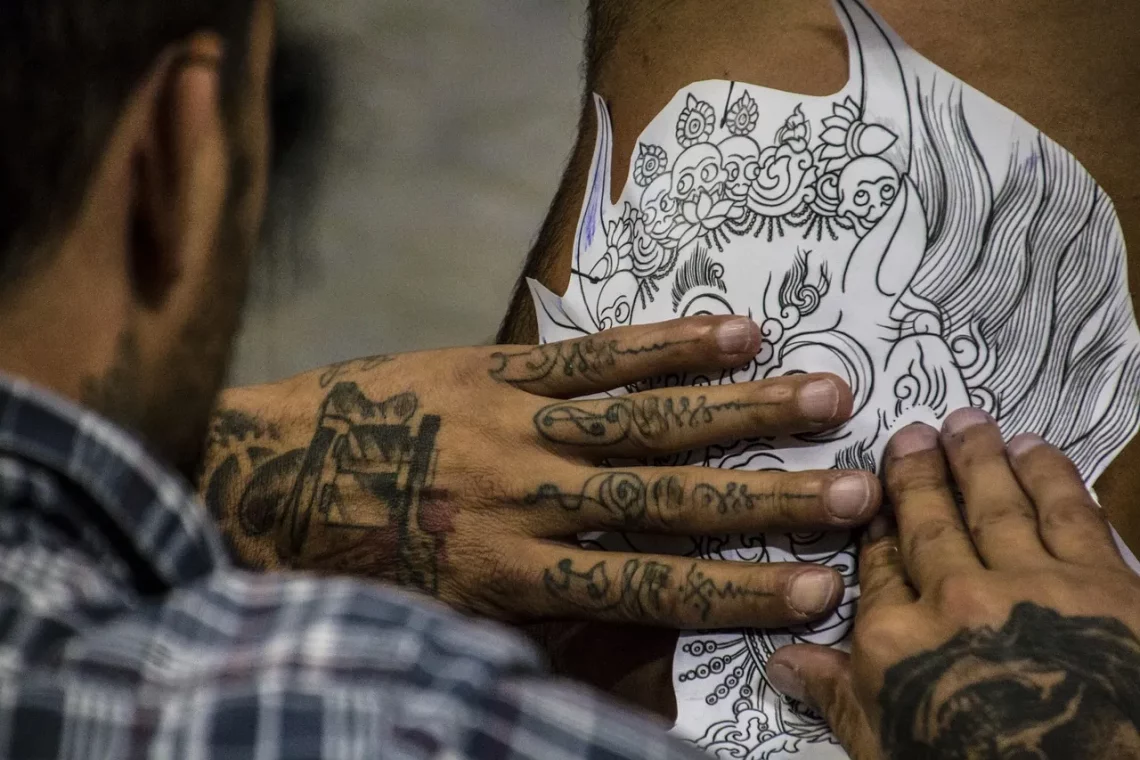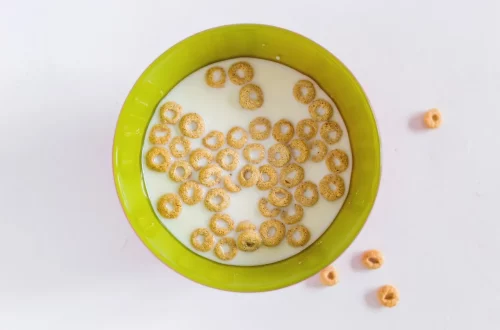
Exploring the Art and Meaning of Traditional Elbow Tattoos
Tattoos have transcended their role as mere body art; they are now a powerful medium for self-expression, cultural identity, and storytelling. Among the myriad of designs that people choose, traditional elbow tattoos stand out for their unique placement and rich symbolism. The elbow, often seen as a canvas that is both visible and discreet, offers a perfect opportunity to showcase intricate designs that can tell personal stories or adhere to cultural motifs.
For many, getting a tattoo is a rite of passage, a way to mark significant life events, or a means to connect with heritage. Traditional elbow tattoos often draw from a variety of styles, including tribal, nautical, and floral designs, each carrying its own significance. The elbow’s flexibility and movement add a dynamic element to the tattoo, allowing it to evolve as the wearer moves. This interactivity can enhance the overall aesthetic and meaning of the piece, making it more than just a static image.
As we delve into the various aspects of traditional elbow tattoos, we explore the artistry, the cultural significance, and the personal connections that these tattoos foster. By understanding the deeper meanings behind these designs, we can appreciate the artistry involved in creating them, as well as the stories that each tattoo represents.
The Symbolism Behind Elbow Tattoos
Traditional elbow tattoos are rife with symbolism, often reflecting personal beliefs, cultural heritage, or significant life events. The location of the tattoo itself can symbolize strength and resilience, as the elbow is a joint that plays a crucial role in movement and flexibility. In many cultures, the elbow is associated with the idea of transformation, as it allows the arms to bend and reach, representing the ability to adapt and change.
Many designs chosen for elbow tattoos draw from ancient traditions and motifs. For example, tribal designs often incorporate elements that signify protection, courage, or spiritual awakening. These tattoos can serve as a reminder of one’s heritage or as a tribute to ancestral roots. In tribal cultures, tattoos are not only marks of individuality but also symbols of belonging to a community. The elbow, situated between the arm and forearm, can thus serve as a bridge between past and present, linking the wearer to their lineage.
In contrast, some individuals opt for elbow tattoos that reflect personal milestones or achievements. A tattoo might commemorate a significant event, such as the birth of a child or overcoming a challenge. These tattoos serve as visual reminders of resilience, growth, and the journey one has undertaken. The choice of design can vary widely, from simple symbols to intricate artwork, each telling a unique story.
Moreover, elbow tattoos can also take on a more whimsical or artistic flair, with designs inspired by nature, mythology, or abstract concepts. Floral patterns, for example, can symbolize beauty and the fleeting nature of life, while mythical creatures like dragons might embody strength and power. The possibilities are endless, allowing each individual to choose a design that resonates with their personal philosophy or aesthetic preferences.
The Artistic Techniques Used in Elbow Tattoos
The artistry involved in creating traditional elbow tattoos is a blend of skill, technique, and creativity. Tattoo artists employ a variety of methods to ensure that the designs are not only visually striking but also durable. The unique curvature of the elbow presents challenges that require a keen understanding of anatomy and skin behavior.
One of the primary techniques used in elbow tattoos is shading. Proper shading can enhance the depth and dimension of a design, making it appear more lifelike. Tattoo artists often use gradient techniques to create smooth transitions between colors, which can be particularly effective in designs that feature natural elements like flowers or animals. The elbow’s movement necessitates careful consideration of how the tattoo will appear when the joint is bent or extended, which can influence the choice of shading techniques.
Line work is another critical aspect of traditional elbow tattoos. Clean, crisp lines are essential for defining the boundaries of the design and ensuring that the tattoo remains clear and recognizable over time. Artists may use varying line weights to create visual interest, with thicker lines providing emphasis and thinner lines adding detail. The placement of these lines can also play a role in how the tattoo interacts with the natural contours of the body.
Color selection is equally important in the artistry of elbow tattoos. Vibrant colors can draw attention and convey emotion, while muted tones may evoke a sense of nostalgia or subtlety. Many artists choose to use a limited color palette to maintain a cohesive look, while others may opt for a more eclectic approach, incorporating a rainbow of hues. The choice of color can significantly impact the overall feel of the tattoo, influencing its meaning and the emotional response it elicits.
Ultimately, the artistry behind elbow tattoos is a collaborative effort between the artist and the wearer. It involves open communication, a shared vision, and a mutual understanding of the significance behind the chosen design. Each tattoo becomes a unique piece of art that reflects not only the skills of the artist but also the story and personality of the individual wearing it.
Choosing the Right Design for Your Elbow Tattoo
Selecting the perfect design for an elbow tattoo can be an exciting yet daunting task. Given the significance and visibility of this particular area, it’s essential to approach the decision with care and consideration. The design should resonate with the wearer’s identity, beliefs, and personal journey, making it a meaningful addition to their body art.
One effective way to begin the design process is to reflect on personal experiences or cultural heritage. Many individuals find inspiration in their life stories, significant milestones, or family traditions. For instance, someone who has overcome adversity might choose a design that symbolizes strength and resilience, such as a phoenix rising from the ashes or a powerful animal like a lion or eagle.
In addition to personal stories, researching traditional designs from various cultures can provide a wealth of inspiration. Some may gravitate toward tribal patterns that represent their ancestry, while others might be drawn to symbols from mythology that resonate with their beliefs. Understanding the cultural significance of certain designs can enrich the experience and deepen the connection to the tattoo.
Collaboration with a skilled tattoo artist is also crucial in the design process. A professional can offer valuable insights on what works best for the elbow’s unique shape and contours. They can help refine ideas, suggest modifications, and ensure that the design will age well over time. Bringing reference images and being open to the artist’s suggestions can lead to a more successful outcome.
Finally, considering the long-term implications of the tattoo is essential. While it’s important to express individuality, it’s equally vital to choose a design that will remain meaningful throughout one’s life. Trends come and go, but a tattoo rooted in personal significance is likely to stand the test of time, serving as a lifelong reminder of the stories and experiences that shape who we are.
In conclusion, traditional elbow tattoos are a unique form of body art that encapsulates personal stories, cultural heritage, and artistic expression. By understanding the symbolism, artistic techniques, and thoughtful design choices, individuals can create tattoos that are not only visually appealing but also rich in meaning.
**Disclaimer:** This article is for informational purposes only and does not constitute medical advice. For health-related concerns, please consult a qualified healthcare professional.




